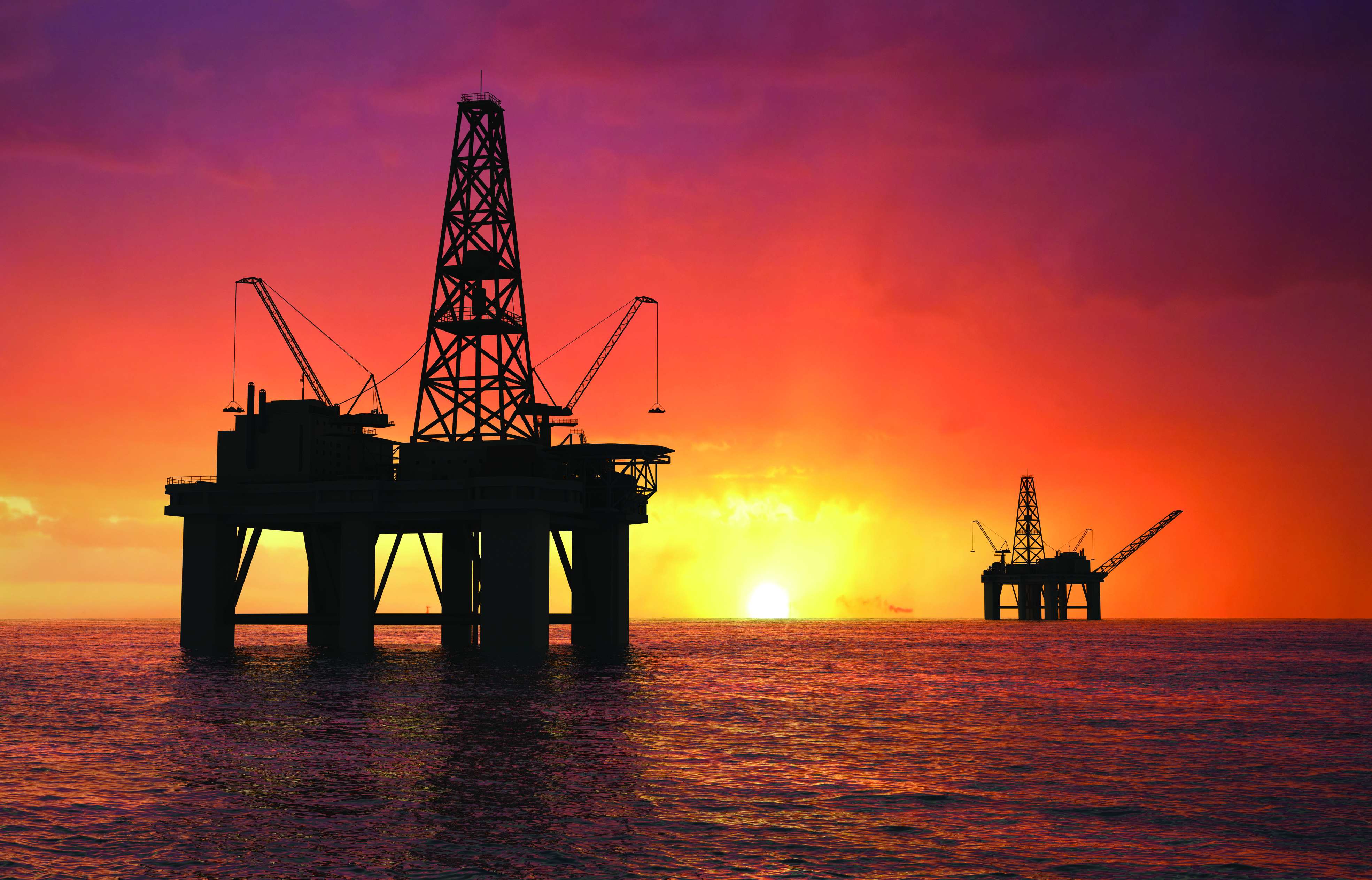As the industry enters the mid-point in the second quarter, the Russia-Ukraine war (as of this writing) continues to rage, and the outcome is uncertain. Oil pricing remains high, with WTI at $102.63/barrel and Brent at $107.27/barrel.
The increase in oil pricing began before the Ukraine crisis due to the Biden administration’s restrictions on drilling on federal lands and the complexity of applying for oil and natural gas drilling permits.
The head of the biggest U.S. oil lobby group said the Biden administration is “misusing the facts” when it claims the industry has more than 9,000 federal drilling permits.
“There is a fundamental misunderstanding of the administration as to how the process works,” says Mike Sommers, CEO of the American Petroleum Institute (API). “Just because you have a lease doesn’t mean there is oil and gas in it. A lot of development must occur between the leasing and permitting for that acreage to be productive. I think they’re purposely misusing the facts here to their advantage.”
The reality is that, on a global level, Russia provides a relatively small percentage of the world’s exports (8 percent). The Russia-Ukraine war has removed about 3 million barrels of oil a day from global markets.
While the sanctions by NATO countries have banned the purchase of Russian oil for refinement, there is a loophole. Trading companies have purchased Russian oil and stored it in Europe for future refinement. This is possible because purchasing for storage is not prohibited by the sanctions.
The result of the sanctions is excess production in Russia. Europe can only buy and store so much oil for future refinement. This means Russia’s storage facilities and pipelines are at full capacity.
It will not take long before Russian wells are forced to shut down. Once they shut down or freeze, new wells must be drilled. It could take years before Russian production returns to 2021 levels.
This means much higher oil prices in many parts of the world for an extended period. Europe might eventually see a $200/barrel price.
Only countries possessing the capacity for domestic production will be able to keep oil below $100/barrel. Pricing in the range of $120 to $150 a barrel will be considered normal.
Additionally, a crisis may be brewing in the Gulf of Mexico. The next five-year offshore leasing program must be in place by July 1, 2022, but is well behind schedule. No offshore lease sales can be held unless the U.S. Department of Interior implements a new program.
Nearly 60,000 jobs could be lost without it, and a delay could mean nearly 500,000 barrels fewer a day in Gulf of Mexico production from 2022 to 2040. On average, $1.5 billion a year in government revenue could be lost.
“Now, more than ever, U.S. oil and natural gas development is critical for the nation’s long-term energy security and our national security; our offshore production plays a key role,” notes Frank Macchiarola, API senior vice president of policy economics and regulatory affairs.
The current administration will be forced to ramp up domestic production and likely ban oil exports to keep oil and gasoline prices down.
However, America alone cannot fill the Russian supply gap due to self-imposed limits. The administration’s plan to more than double liquified natural gas exports to Europe by 2030 is at odds with the White House’s quest to curb fossil-fuel use.
As I was writing this column, President Joe Biden authorized 1 million barrels/day to be drawn from the national strategic petroleum reserve (SPR) for six months (180 million barrels). The drawdown will reduce our reserve by one-third.
This withdrawal will have a short-term, limited effect on the price of gasoline. In the longer term, the SPR will be substantially reduced when demand typically climbs in the U.S. summer months, a potential upside for oil prices.
I believe that public and political pressure will force the Biden administration to relax restrictions, ease regulations and expedite permitting of terminals and pipelines to increase production to meet global demand and replenish the national reserve.
Should such action be implemented, it bodes well for the PVF sectors of our economy in 2022 and beyond.
Supply Chain Backup Continues
In March, I attended the annual Mechanical Contractors Association of America (MCAA) convention held in San Diego. The outlook for 2022 is very upbeat; most contractors indicated that they have a respectable backlog.
The mechanical construction industry is looking at $100 billion in new construction starts in 2022, says UA Assistant General President Mike Pleasant. A large part of those starts are mega projects for chip manufacturing — for example, a $30 billion plant located outside Columbus, Ohio, and a $20 billion facility in Arizona.
The headwinds the industry is facing are labor shortage, escalating material costs, supply chain disruptions, rising interest rates, increasing energy costs, transportation availability and escalating fuel costs.
Due to China’s current COVID-19 lockdowns and further disruptions resulting from the war in Ukraine, supply chain issues will worsen as the year progresses. Much of the processing of base raw materials and secondary materials has been shut down, further straining the supply chain. Exacerbating these issues are the skyrocketing costs of fuel and transportation, which will make the delivery of all goods more costly.
Constant communication and strong partnerships are great ways to manage supply chain and production issues. Most clients understand the challenges manufacturers are currently dealing with; they want to be kept informed to limit surprises and plan their projects.
Companies are reinventing themselves to adapt to a much faster business pace. They are making step changes in productivity, efficiency, and innovation necessary to keep pace with today’s challenges and the changing business environment.
To avoid stock outages, delays in shipping, cancellation of offshore orders and anticipated price escalation, regular communication with your manufacturers/suppliers is highly recommended.
With this said, supporting domestic manufacturing will ensure a reliable source of supply, high-quality products and limited liability exposure, and bolstering our domestic PVF industry’s manufacturing sector.
PVF Roundtable News
The second PVF Roundtable Networking Meeting of 2022 is scheduled for June 14 at The Bell Tower on 34th in Houston.
The day before, June 13, golfers will meet in Kingwood, Texas, for the PVF Roundtable’s 2022 Don Caffe Memorial Golf Tournament at The Clubs of Kingwood golf course. Another record turnout is expected, so sign up early.
The golf tournament and the Trout Blast are the two major fund-raising events held by the PVF Roundtable Charitable Foundation; funds raised are dedicated to the PVF Roundtable Scholarship Programs.
As a member of the board, and I speak for all members, we thank you for your participation in these events.
The Networking Meetings are a unique venue for you and your associates to network with your peers in the PVF industry. These events provide the platform to share information, discuss pertinent issues, meet new contacts, develop new and long-lasting friendships and pursue new opportunities in the industry.





